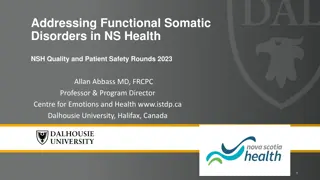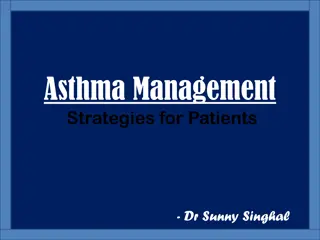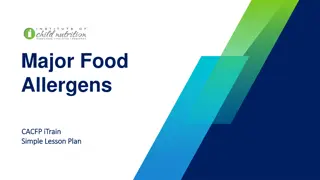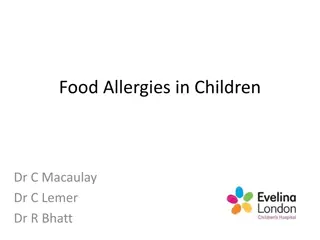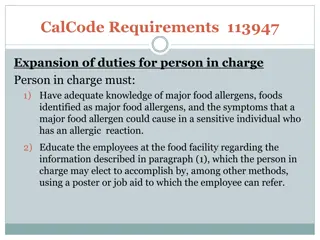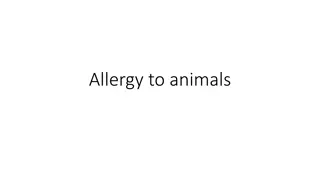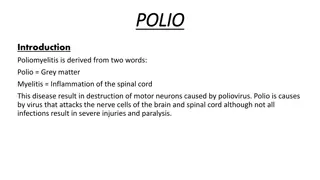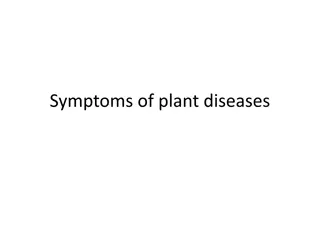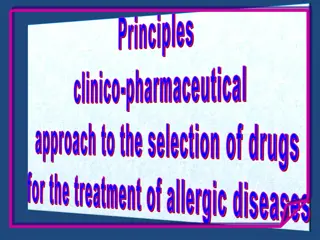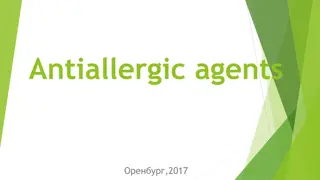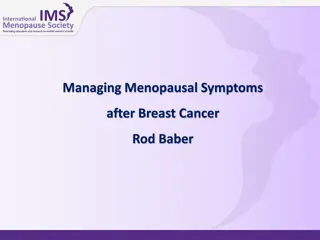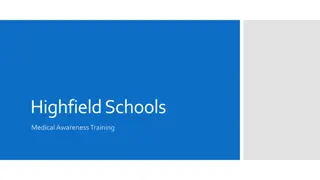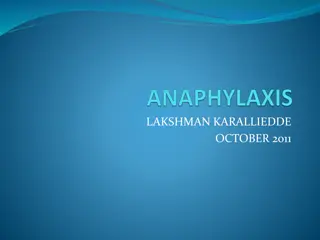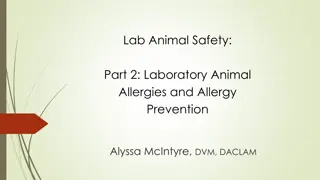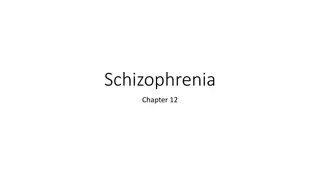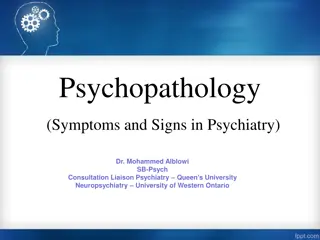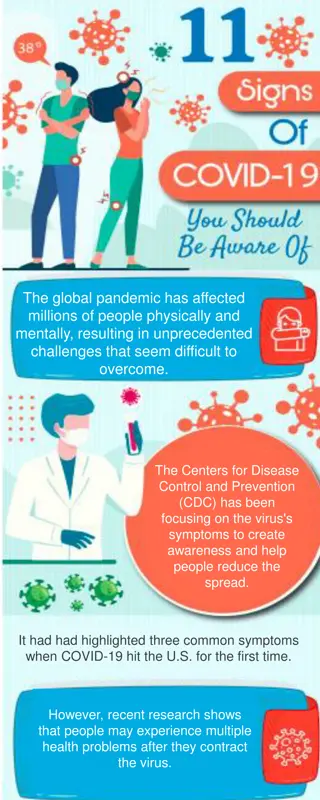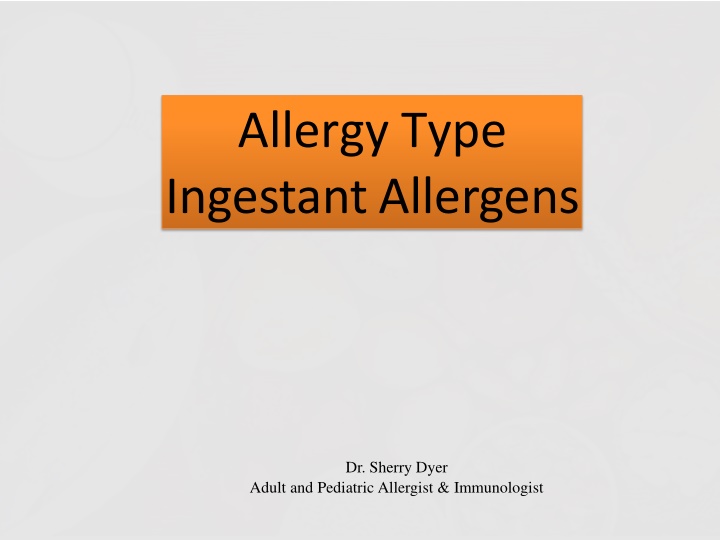
Ingestant Allergens: Definition, Symptoms & Examples
Ingestant allergens are substances found in food that can trigger allergic responses in the body, leading to various symptoms such as skin rash, puffed lips, migraines, and more. This article explores the definition of ingestant allergens, common symptoms associated with food allergies, and examples like milk allergy. Discover how these allergens can affect different parts of the body and learn about sources of ingestant allergens.
Download Presentation

Please find below an Image/Link to download the presentation.
The content on the website is provided AS IS for your information and personal use only. It may not be sold, licensed, or shared on other websites without obtaining consent from the author. If you encounter any issues during the download, it is possible that the publisher has removed the file from their server.
You are allowed to download the files provided on this website for personal or commercial use, subject to the condition that they are used lawfully. All files are the property of their respective owners.
The content on the website is provided AS IS for your information and personal use only. It may not be sold, licensed, or shared on other websites without obtaining consent from the author.
E N D
Presentation Transcript
Allergy Type Ingestant Allergens Dr. Sherry Dyer Adult and Pediatric Allergist & Immunologist
Defining Ingestant Allergens Substances that are found in foods items and are consumed are called ingestant allergens. When food items are digested and the nutrients are absorbed, substances in the food (possible ingestant allergens) stimulate allergic response. These reactions cause a number of allergic symptoms.
Ingestant Allergens: Symptoms Food allergens ordinarily cause GIT symptoms, but they may also cause 1. Skin rash 2. Puffed lips and tongue 3. Migranine 4. Rhinitis 5. Bronchial asthma 6. Severe cases of eczema of hands 7. Atopic dermatitis (such as tomato rash, strawberry rash, or that caused by eating chocolate,shellfish)
It is important to note here that in food allergy the activity of allergens is not localized in one particular organ or area of the body, but it is transferred to other organs as well by the blood.
Some of the most common food allergens ingested by children are foods considered essential for proper diet and growth such as: Cow s milk Orange juice Cod liver oil Vitamin containing fish liver oil, etc. Hundreds of extracts of food stuffs are commercially available as a single or multiple units for use by the allergist or diagnostic skin test materials, however, they have little or no value in therapy.
Ingestant Allergens: Examples Milk Allergy: Milk allergy is a specific immunologic, antigen-antibody response owing partially to lactalbumin. This protein acts as allergen and responsible for antigen- antibody reaction. Because on heating or boiling alter this protein and thus no antigenicity.
Milk Allergy Symptoms Milk allergy may result in: Severe dermatitis Recurrentrhinorrhea Bronchitis Asthma Various commercially milk substitutes that are prepared from soybean isolates offer a milk-free formula claimed to be devoid antigenicity.
Coffee Allergy: It has been determined that coffee can produceallergic response. Symptoms of Allergy: Coffee Allergy Symptoms Severe migraine Gastroenteritis, and Widespreadhives
Causes of Coffee Allergy: The principal water-extractable allergenic component of green coffee is chlorogenic acid (3- caffeoylquinic acid). Some of authorities disagree with this, calming that the coffee roasting process alters its structure.
Ingestant Allergens: Treatment The main treatment of this type of allergy is to remove that material from food, which cause allergy or hypersensitivity reactions. All the allergens are available in the form of extracts, which are obtained from food. These allergens are injected to the hypersensitive person, if he response, he will avoid to take this food.

